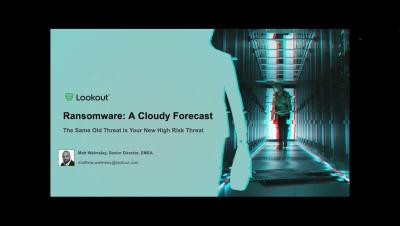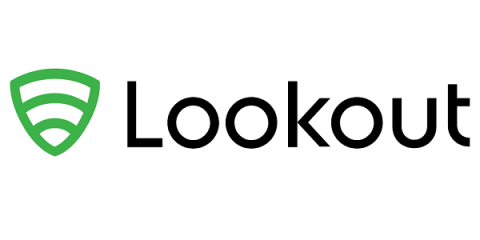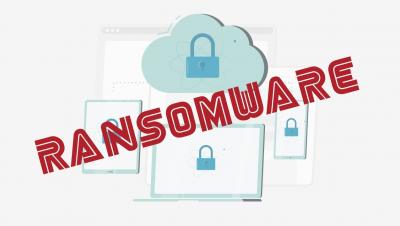Security | Threat Detection | Cyberattacks | DevSecOps | Compliance
April 2022
Don't Leave it to Your Apps: Why Security Needs to be a Shared Responsibility
Here’s a scenario that was unlikely just two years ago: permanently telecommuting from Honolulu to your financial job on Wall Street. Fast forward to today, the world has accepted that productivity is just as feasible from the beach as it is from a skyscraper. In fact, according to Upwork, nearly 5 million people in the U.S. have moved because of remote work since 2020 with another 19 million planning to do so.
How to Protect Your Data When Ransomware Strikes
Ransomware is not a new attack vector. In fact, the first malware of its kind appeared more than 30 years ago and was distributed via 5.25-inch floppy disks. To pay the ransom, the victim had to mail money to a P.O. Box in Panama.
Data is Everywhere and Encryption Must Follow: Why You Need EDRM
It is becoming increasingly difficult to guarantee a safe boundary for your sensitive data. As work-from-anywhere cements, employees are now collaborating freely with each other, with contractors and with partners. But this freedom to collaborate more broadly also means information is being shared among devices, applications and networks that your organization doesn't necessarily have control over.
Attention CISOs: the Board Doesn't Care About Buzzwords
We live in an IT world surrounded by buzzwords that are largely marketing gimmicks. Zero Trust, for example, is a concept no one actually understands and is slapped onto everything, including derivatives like Zero Trust networks (ZTN) and Zero Trust network access (ZTNA). Then there’s Secure Access Service Edge (SASE), Security Service Edge (SSE) and everything that falls under these frameworks such as Cloud Access Security Broker (CASB), Secure Web Gateway (SWG).
Lookout Helps a Large Construction Firm Protect Intellectual Property Shared Between Employees, Partners and Contractors
Large construction firms rely on a vast network of architects, engineers, project managers, contractors, and suppliers to collaborate on projects of all sizes and complexities. While the digitization of the construction industry has made it easier for these project teams to share information, it also expands the cyber-attack surface.




